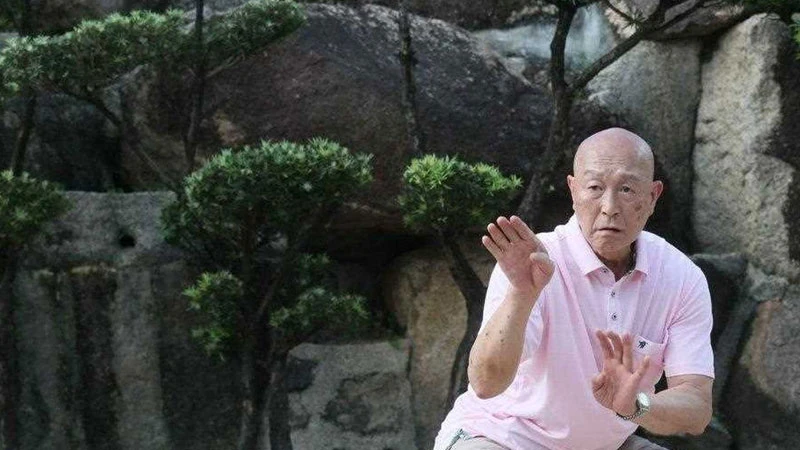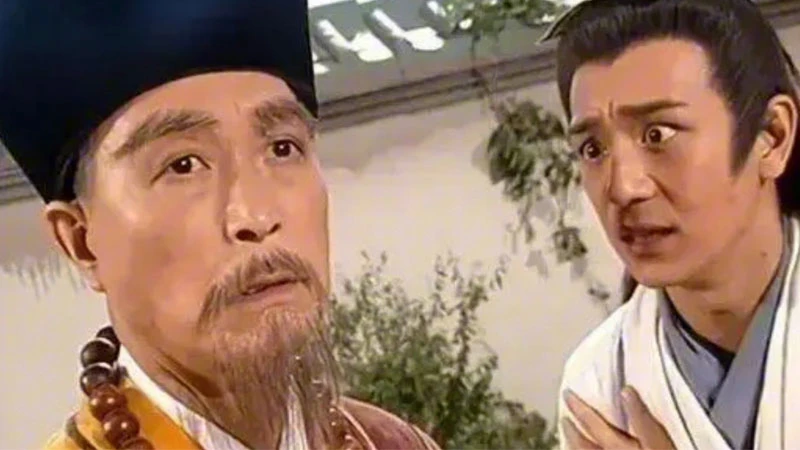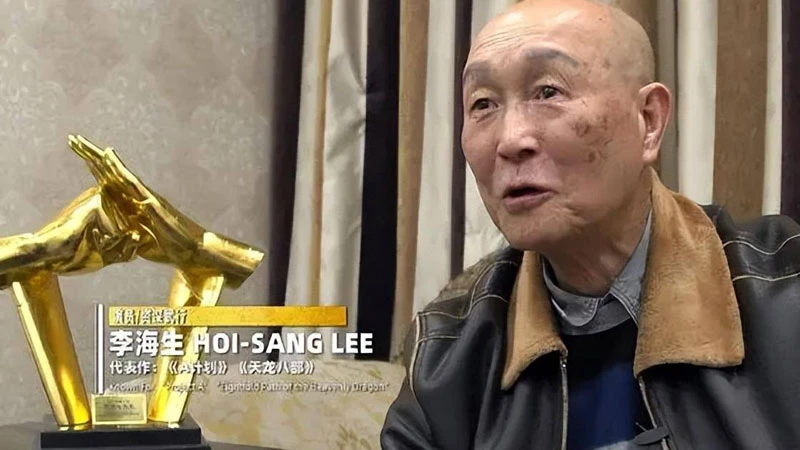Lee Hoi-sang: A Legacy of 170 Films and Unforgettable Characters
In the bustling world of Hong Kong cinema, where larger-than-life personalities often overshadow the supporting players, there are those whose contributions, though less heralded, are no less significant. Such was the case with Lee Hoi-sang (李海生), a veteran actor and martial artist who quietly shaped the landscape of Hong Kong action films for over half a century. His recent passing at the age of 83 marks the end of an era, leaving behind a legacy that spans generations of cinema lovers and martial arts enthusiasts.
Lee Hoi-sang's journey in the film industry is a testament to the golden age of Hong Kong cinema and its evolution. Beginning his career as a martial arts instructor and stuntman for the legendary Shaw Brothers Studio, Lee was part of the bedrock upon which Hong Kong's action film reputation was built. His expertise in Wing Chun, shared with the more famous Ti Lung, provided him with a solid foundation that would serve him well throughout his career.
The Shaw Brothers era was a crucible for talent, forging stars and reliable character actors alike. Lee Hoi-sang emerged from this period not as a leading man, but as something perhaps more valuable: a versatile supporting actor whose presence could elevate any scene. His role as the disciplinarian abbot in Liu Chia-liang's "The 36th Chamber of Shaolin" is a prime example of his ability to bring gravitas and authenticity to martial arts films.
As Hong Kong cinema transitioned from the traditional kung fu epics of the 1970s to the more modern action comedies of the 1980s and beyond, Lee Hoi-sang adapted seamlessly. His turn as the pirate Lee Cho-kou in Jackie Chan's "Project A" showcased his ability to blend menace with humor, a combination that became increasingly valuable as Hong Kong action films began to incorporate more comedic elements.
Lee's career spanned not just decades but genres and mediums. His appearance as Master Xuan Tong in the 1997 television adaptation of "Demi-Gods and Semi-Devils" demonstrated his enduring appeal and ability to bring classical martial arts characters to life for new generations. This role, in particular, endeared him to a wide audience, cementing his status as a beloved figure in Hong Kong entertainment.
Throughout his 170-plus film and television appearances, Lee Hoi-sang embodied the spirit of Hong Kong's action cinema. He was a link to the past, carrying with him the traditions and techniques of classic martial arts, while simultaneously embracing the changing styles and tones of modern filmmaking. His performances, whether as a villain, a stern master, or a comedic foil, were always infused with a sense of physical prowess and screen presence that could only come from years of dedicated practice and experience.
From Shaw Brothers to Modern Cinema: The Evolution of a Kung Fu Icon
The passing of Lee Hoi-sang is more than just the loss of a single actor; it represents the fading of an entire generation of performers who helped establish Hong Kong as a global powerhouse of action cinema. These were artists who brought real martial arts skills to the screen, lending authenticity to their performances that went beyond mere acting.
In an age where CGI and wire work have become commonplace, the raw physicality and genuine skill displayed by actors like Lee Hoi-sang harken back to a time when the line between performer and martial artist was blurred. His generation took the arts they had spent years perfecting in kwoons and dojos and translated them into a visual language that could be understood and appreciated by audiences around the world.
Lee's influence extends beyond his on-screen performances. As a Wing Chun practitioner, he was part of a lineage that has inspired countless individuals to take up martial arts. His presence in films served as a bridge between the world of cinema and the world of traditional kung fu, inspiring viewers to explore these arts for themselves.
As we reflect on Lee Hoi-sang's career, it's important to recognize the often-unsung role that character actors play in creating the rich tapestry of cinema. While lead actors may draw audiences to theaters, it's often the supporting cast that creates the world in which these stories unfold. Lee's ability to bring depth and credibility to his roles, no matter how small, contributed immeasurably to the films in which he appeared.
The Hong Kong film industry of today, while still vibrant, has changed dramatically since Lee Hoi-sang first stepped in front of a camera. The global film landscape has shifted, with Hollywood and mainland Chinese productions often overshadowing the once-dominant Hong Kong cinema. Yet, the influence of actors like Lee can still be felt in the DNA of modern action films worldwide.
As news of Lee's passing spreads through the film community and among fans, there will undoubtedly be retrospectives and tributes highlighting his most memorable roles. But perhaps the most fitting tribute to Lee Hoi-sang's legacy is the continued appreciation and study of the films he helped create. Each viewing of a classic Shaw Brothers film or a 1980s action comedy is an opportunity to witness the craft of a man who dedicated his life to entertaining audiences and preserving the art of kung fu on screen.
Lee Hoi-sang's career serves as a reminder of the depth and richness of Hong Kong's cinematic history. It's a legacy built not just on the shoulders of superstars, but on the collective efforts of countless skilled professionals who brought their talents to bear in service of their art. As we bid farewell to this unsung hero of Hong Kong cinema, we celebrate not just his individual contributions, but the entire era of filmmaking he represented – an era of practical stunts, real martial arts, and performances that blended physical prowess with dramatic skill.
He may have taken his final bow, but his impact on cinema and martial arts will continue to inspire and entertain for generations to come. In the flickering images of the films he left behind, his energy, skill, and dedication will live on, a testament to a life well-lived in the service of his art.



